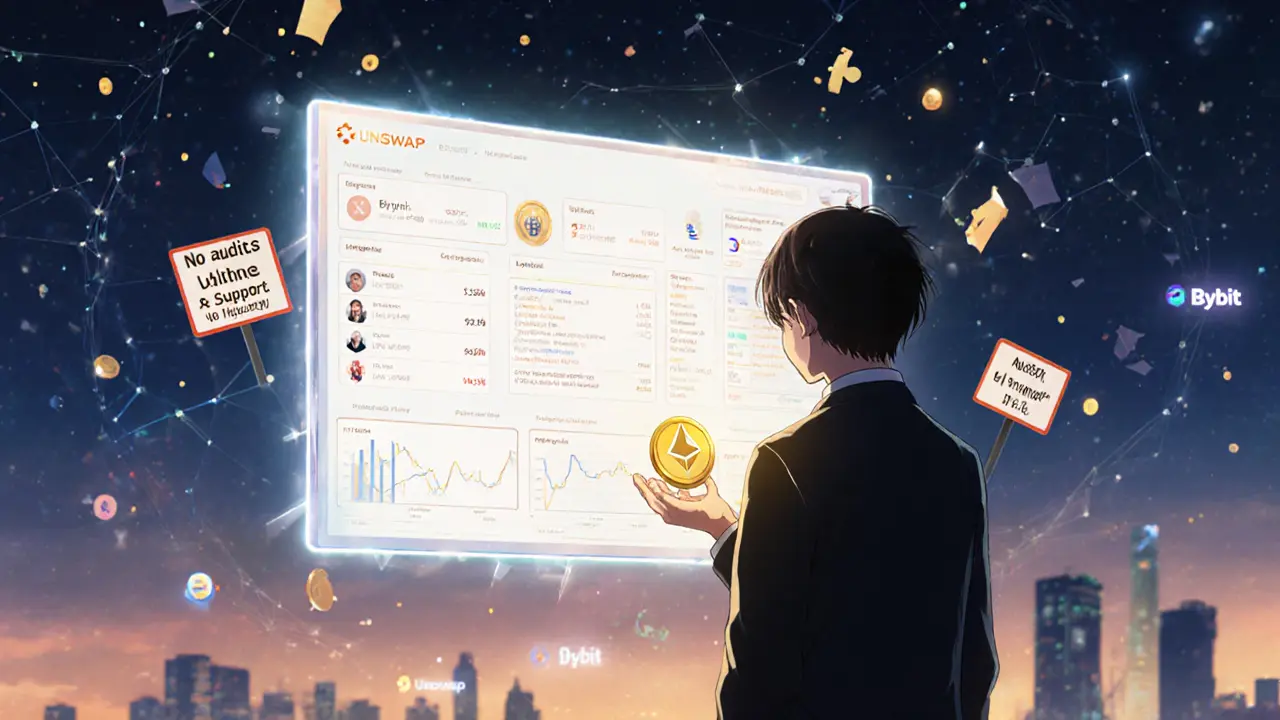IncrementSwap Features: What It Does and Why It Matters
When you hear IncrementSwap, a decentralized exchange built directly on Bitcoin’s blockchain. Also known as a Bitcoin DEX, it lets you trade crypto without relying on traditional exchanges that hold your funds. Unlike most DEXs that run on Ethereum, IncrementSwap works on Bitcoin using the BRC-20 token standard—something few platforms even attempt. This means you’re trading directly on the most secure and widely adopted blockchain in crypto, not a sidechain or layer-2 solution.
What makes IncrementSwap different? It doesn’t just copy what other DEXs do. It’s built for Bitcoiners who want to trade tokens like ORDS or BAGEL without leaving Bitcoin’s network. The platform uses simple on-chain scripts to match trades, keeping fees low and avoiding the complexity of smart contracts. You don’t need to wrap Bitcoin or bridge assets—you use BTC directly. That’s a big deal when Ethereum gas fees spike or when you’re tired of waiting for confirmations on other chains.
IncrementSwap features also include a transparent order book, no KYC, and support for BRC-20 tokens created by the community. It’s not for everyone—especially if you’re used to high-volume trading on centralized platforms—but if you care about sovereignty, privacy, and staying on Bitcoin, it’s one of the few tools that actually delivers. The platform doesn’t promise moonshots or meme coins. It focuses on clean, functional trading for people who understand Bitcoin’s value isn’t in speculation, but in control.
What you’ll find in the posts below are real breakdowns of how IncrementSwap compares to Ordiswap, how BRC-20 tokens behave on it, and whether its low volume is a dealbreaker or just early-stage noise. You’ll also see how it stacks up against other Bitcoin-native tools, what risks come with trading on a niche DEX, and whether it’s worth your time in 2025. No fluff. Just facts from people who’ve actually used it.
 30 Oct 2025
30 Oct 2025
IncrementSwap crypto exchange lacks audits, transparency, and support. Learn why it's too risky for most traders in 2025-and which alternatives actually work.
View More
